Religious Practices Past
Ohlones and Miwoks believed that everything in the world had life and consciousness, whether animate or inanimate. Ohlones and Miwoks honored and gave thanks for everything in the world through prayerful thoughts and actions, adherence to proper rules of behavior, and participation in ceremonial dances.
Ceremonial dances took place at set times of the year, some a recapitulation of sacred time, when the world had its birth. Such ceremonies aided in balancing the forces for ill and good, thereby guarding against natural disaster. Other ceremonies provided a tangible expression of thanks for spring’s first fruits and autumn’s acorns. Ceremonial dances served as a visible prayer.
Ohlones and Miwoks recognized, and continue to recognize, certain places on the landscape as particularly sacred, including these two peaks, because of their association with events that occurred when the world had its birth. Only specially-initiated spiritual leaders would travel to these peaks, where they prayed for the health and well-being of the earth and everything in it, including people.
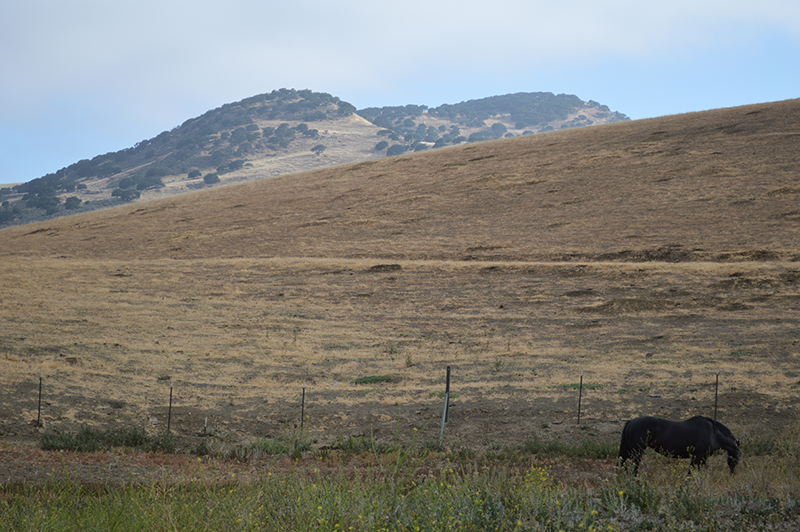
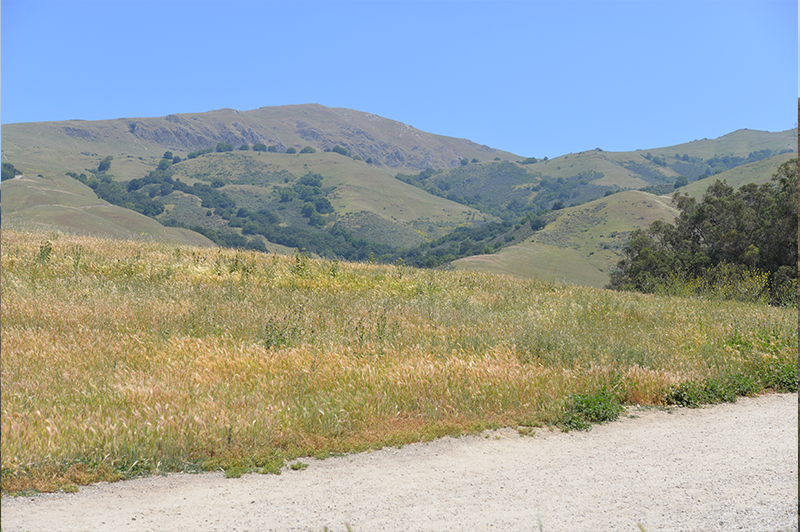
Religious Practices: Mid-1900s
“My mother refused to go to Catholic Church, except for weddings, baptisms, or funerals. She said, “They are such hypocrites.”
—Ruth Orta
“In her mind, our ancestor’s religion was superior to any other.”
—Ruth Orta about her mother
Trina wanted her children to have a formal Catholic Church education about God, but allowed her children to visit other churches when their “little playmates” invited them to go, so long as those churches preached about God. Ruth vividly recalls a childhood visit by herself and a sister to a Pentecostal service, where some congregants dropped unexpectedly to the ground. Ruth and her sister were so scared, they became “white as a sheet” and never went back. When Trina’s children became adults, she encouraged them to choose for themselves which denomination they would belong to.
One aspect of Catholic practice with which Trina disagreed: Confessing her sins to a man who was probably “more crooked that she was.” She also disagreed with the inability to bury a non-Catholic in a Catholic cemetery.
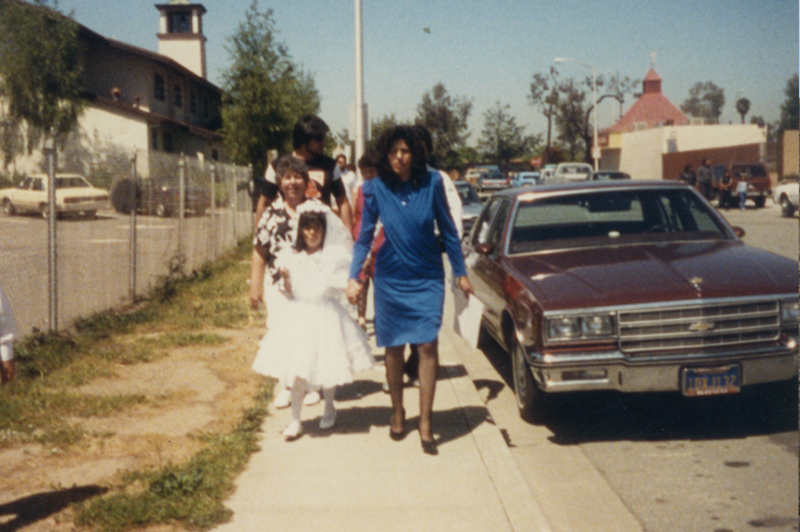
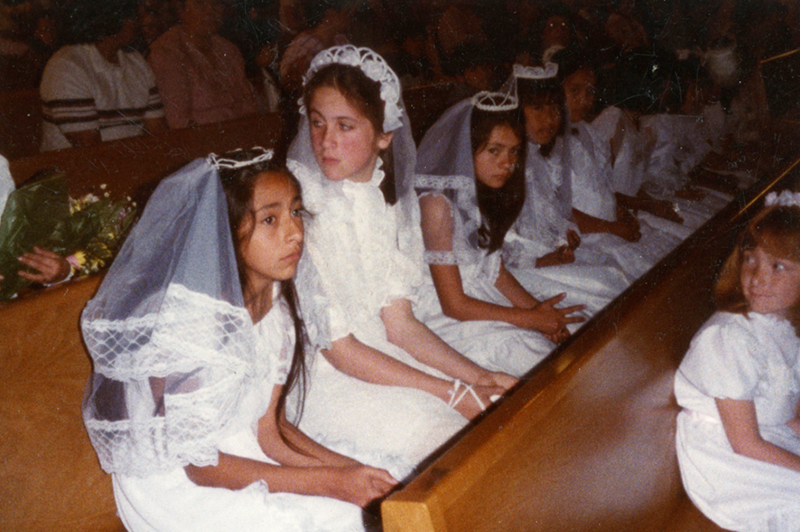
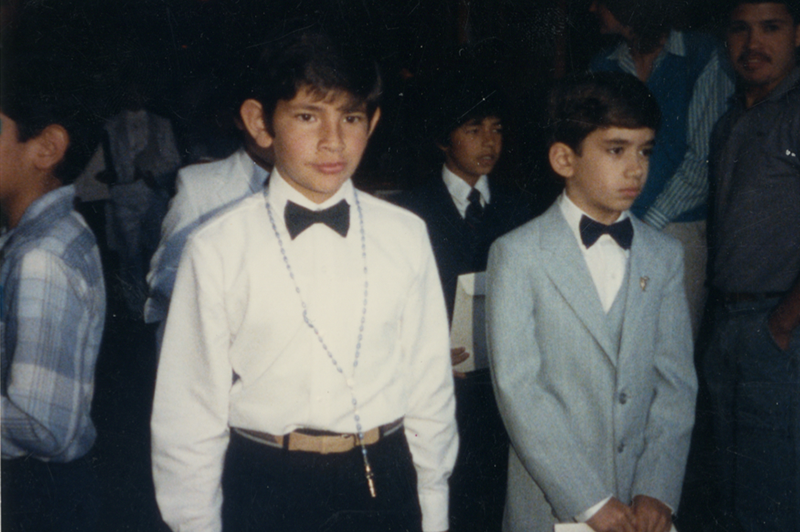
Religious Practices Today
“The Natives were more spiritual, and loving, and caring for Mother Earth. I never learned that until I was past 50 years old.”
—Ruth Orta
Because of the Catholic Church’s association with the late 1700s mission system that devastated Ruth’s people and their culture, some of Ruth’s extended family members choose not to participate in the Catholic Church. Ruth, who attends church faithfully, disdains the mission system as “the downfall of my people.” But she believes that Catholicism’s God is the same one as that of her ancestors, and that it is possible to separate the values and spiritual tenants of Catholic theology from the human failings of the Church.
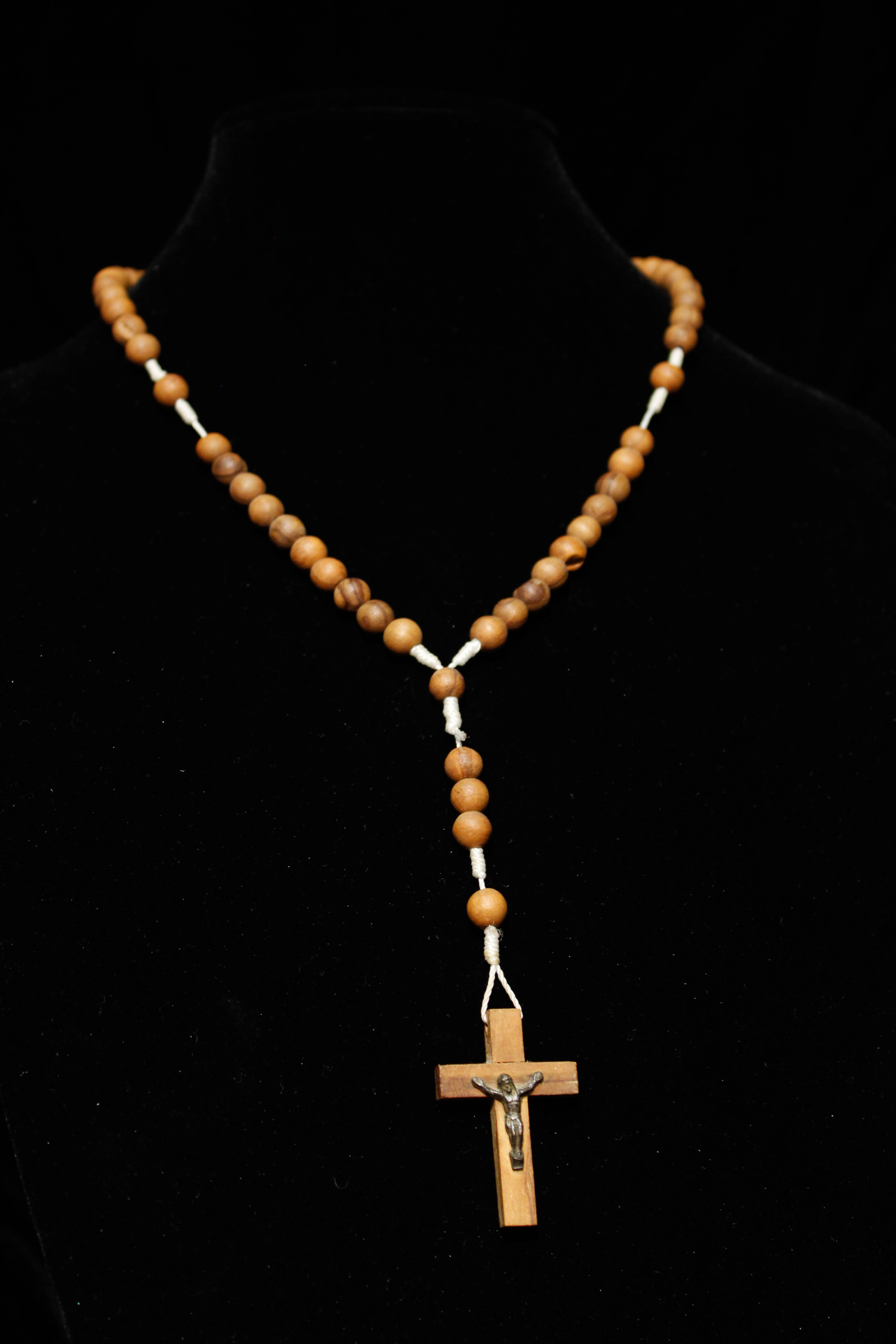
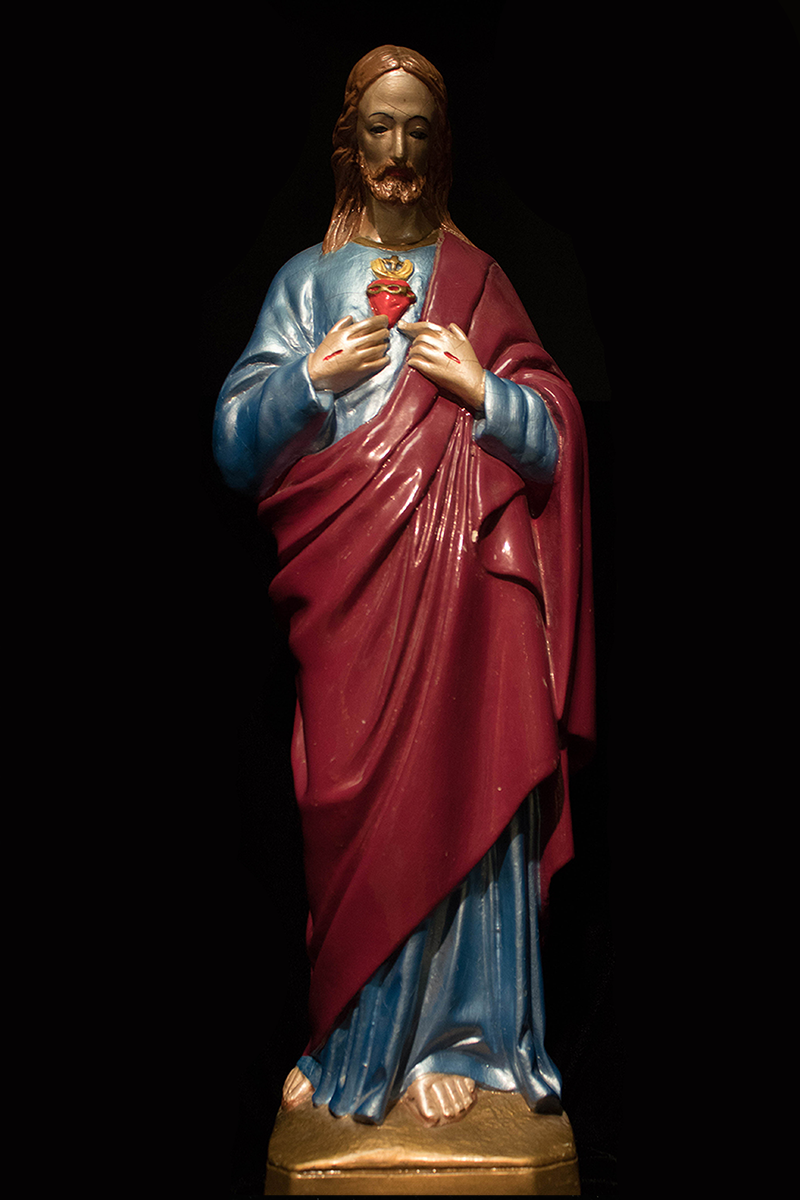
Some of Ruth’s extended family members share her views, but aren’t practicing Catholics. Others have embraced faiths that came to the place now known as California more recently, including the Presbyterian and Muslim faiths.